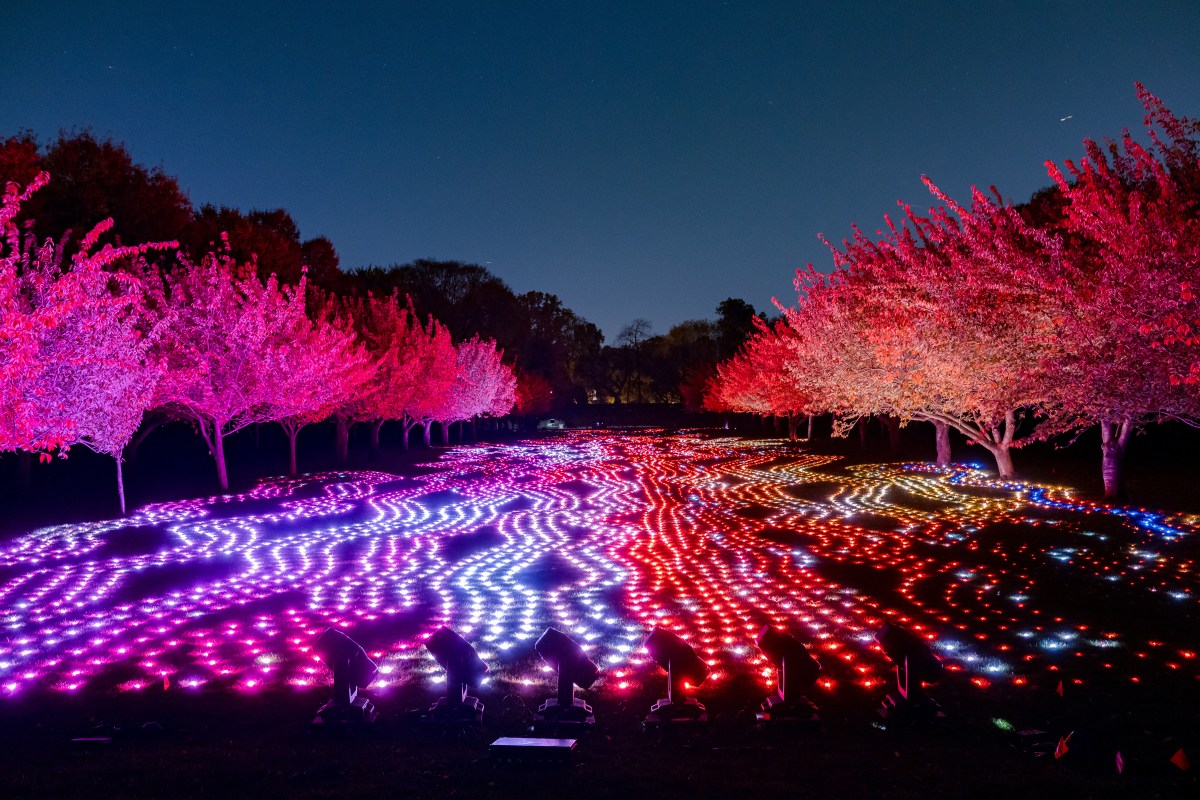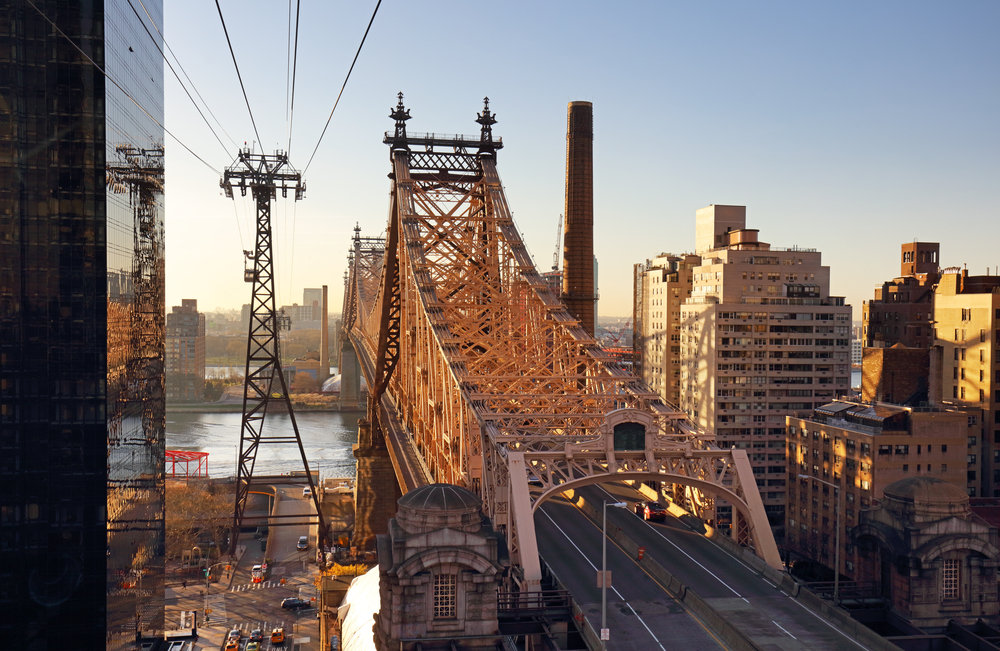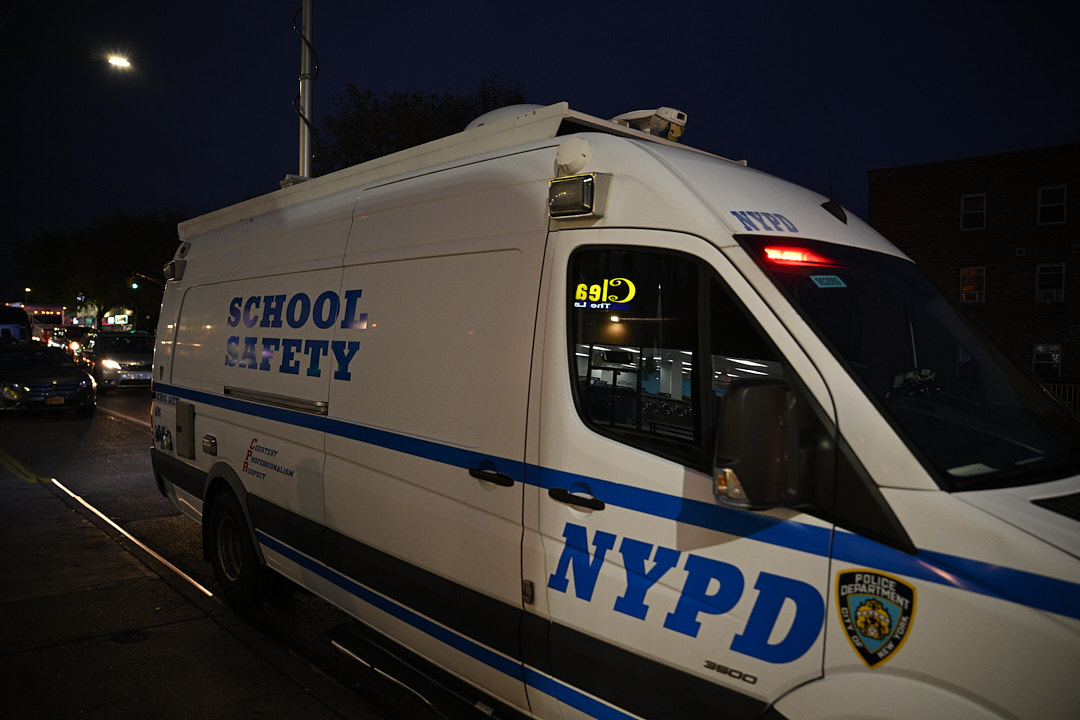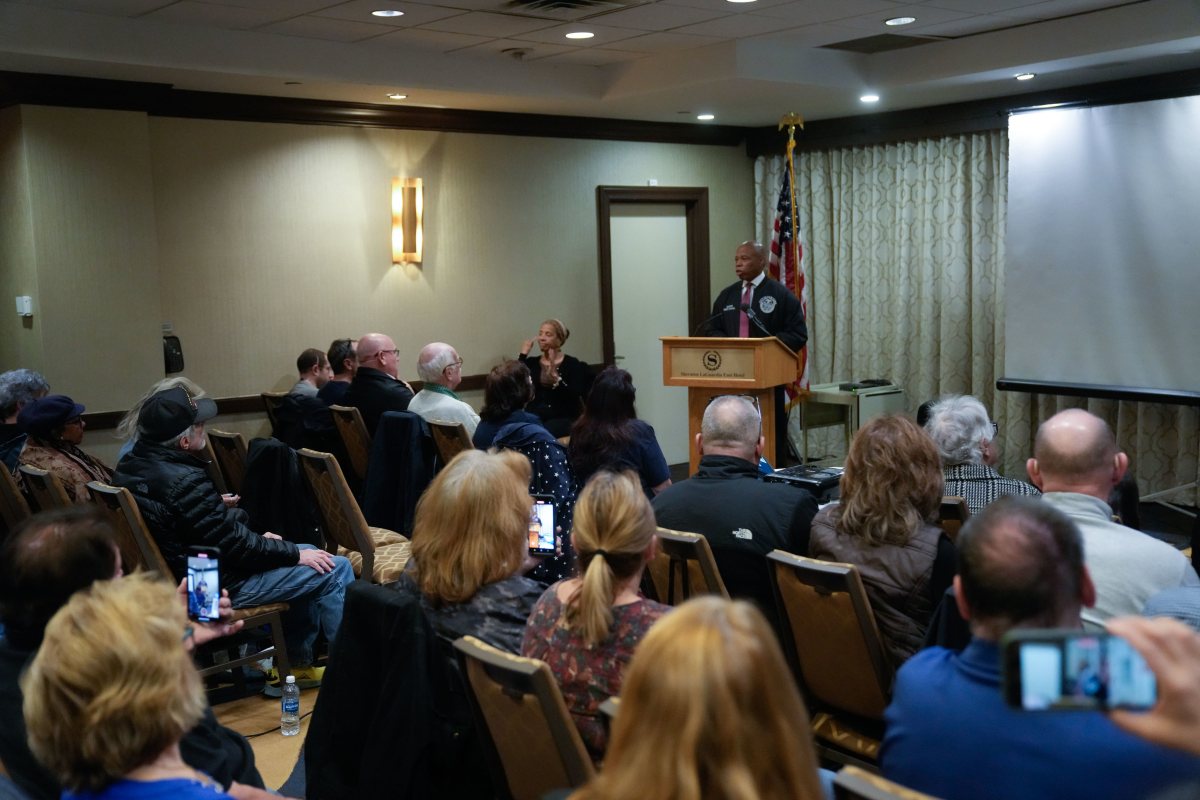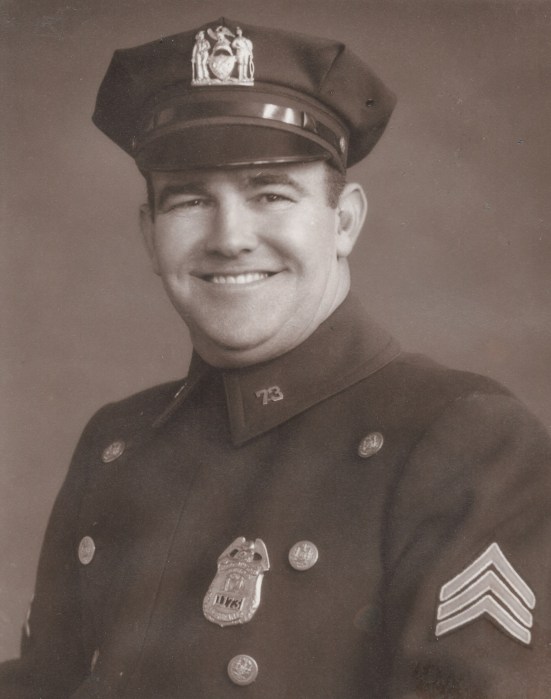
Rock and roll legend. Street poet. Punk icon.
Labels don’t fully describe Lou Reed, save for one: New Yorker.
It’s fitting the archives of the influential artist and musician, who died in 2013, live on at The New York Public Library.
And for the first time, Reed’s handwritten poems, sketches, photographs, recordings and other personal items can be viewed by the public starting March 15.
The collection boasts tour itineraries and road manager notes as well as mock-ups and proofs of album, book and tour artwork, spans his high school years in Freeport, time with his band, the Velvet Underground and long solo career.
“To my knowledge, this is the most complete and largest archive collection available to the public that documents the daily business of a major figure in rock and roll,” said Jonathan Haim, curator of the Music & Recorded Sound Division at The New York Public Library for the Performing Arts.
A special limited-edition NYPL card featuring Reed is available to library patrons to commemorate the occasion.
The comprehensive archive, housed at the library’s location in Lincoln Center, includes 300 linear feet of paper records, electronic records, and photographs and approximately 3,600 audio and 1,300 video recordings.

Reed’s widow, artist Laurie Anderson, worked with independent archivists and the library on preserving the collection.
“My dream has always been to make Lou’s work completely accessible to the public,” Anderson said in a statement released in 2017, when it was first announced the NYPL would be receiving the archive. “You don’t have to have any special credentials.”
Since that time, all the items have been painstakingly organized, digitized and cataloged.
Haim called the archive “spectacular,” noting it has such a level of detail, one can learn how a tour is organized start to finish, the creative process and the practical.
“You can see how much money they spent on gas and hot dogs, how much money they made at each show,” he said.
There are licensing agreements for the use of one of Reed’s most popular songs “Walk on the Wild Side” along with a large amount of fan mail and fan art.
Some of the most personal items are photos of New York City street scenes and views of the Hudson River taken by Reed.
“He really devoted quite a bit of time and energy being a photographer himself,” Haim said.
He believes the archive’s appeal extends beyond fans and scholars to students and the general public.
“You could really teach a whole class based on one or two little segments,” Haim said. “It’s sort of a bottomless pit of opportunity.”






